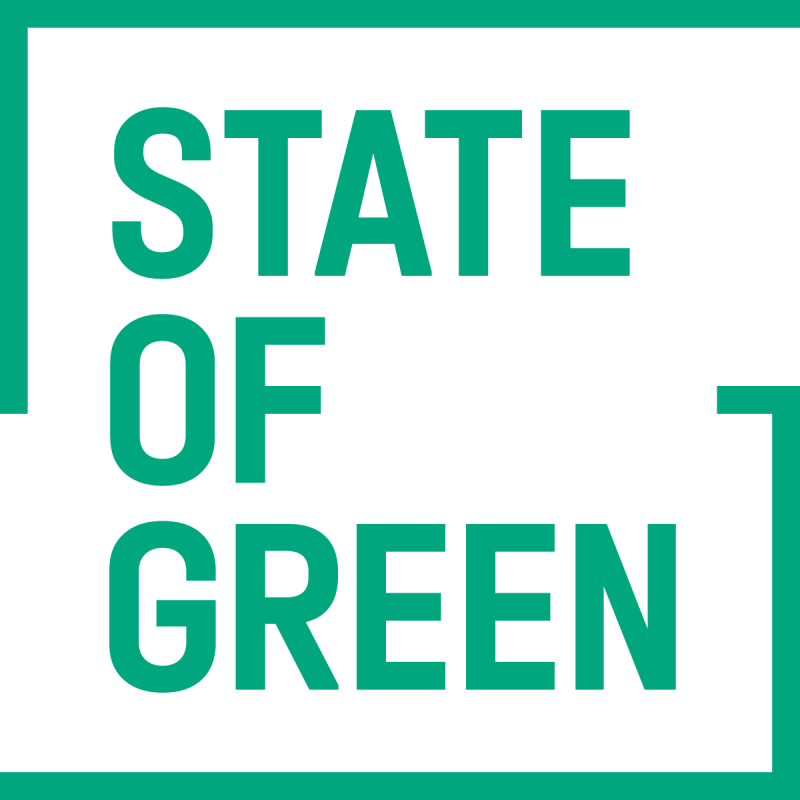Download our publication on district energy
Discover our white paper on district energy – the backbone of a flexible, resilient and efficient energy system.
Explore the publicationPerspective
District energy
Digitalisation
District heating
+2



Discover our white paper on district energy – the backbone of a flexible, resilient and efficient energy system.
Explore the publicationPlanning for district heating and cooling – a prerequisite
for a greener future
The planning of future district heating and cooling (DHC) systems requires active involvement at the municipal level. This means that municipalities must have clear guidelines from national governments, which ensure the realisation of national energy policy, within the framework set by the European Union (EU) regarding energy savings and CO2 reductions.
For the individual citizen, it is crucial that DHC planning ensures an energy supply that is simultaneously competitive, green and stable. This is also known as the energ trilemma, as it can be difficult to keep all three parameters in balance.
Heating planning in Denmark
Since the end of the 1970s, successive Danish governments have focused on the necessary legislation to deal with the challenges of the energy trilemma – and this has been achieved with great success:
This success is based on a national long-term, stable political framework, municipal involvement and responsibility for the realisation of the national policies and local ownership of the infrastructure. The energy agreement of 22 March 2012 was the starting point for initiating strategic energy planning at the municipal and regional level everywhere in Denmark.
In the Greater Copenhagen area, for example, 29 municipalities came together under the common umbrella “Energy across the board” to develop an implementation plan, which contains 34 concrete measures that must be implemented by 2025 to create a robust development towards a fossil-free energy system. This illustrates the Danish belief that planning across municipalities, sectors and company boundaries is the way forward.
EU’s Energy Efficiency directive
With the revision of the Energy Efficiency Directive (EED), the EU is also signalling the importance of strategic DHC planning. Compared to its predecessor from 2012, the new directive raises ambitions for DHC by, among other things, focusing on:
Still, how the directive must be implemented is only described in general terms by the EU. This means that it is ultimately up to the individual member states to carry out the DHC planning in a way that is strategic, future-proof and sustainable.

The energy trilemma describes the difficult choices politicians, authorities and DHC companies face when planning the energy supply. Everyone agrees that the DHC supply to be:
But, says the energy trilemma, these three challenges often imply a trade-off when choosing one over the other. As the geopolitical events of recent years have shown, it is a puzzle that’s difficult, but imperative, to solve.
solutions
Combined heat and power production
+6
solutions
Energy efficiency in buildings
+2